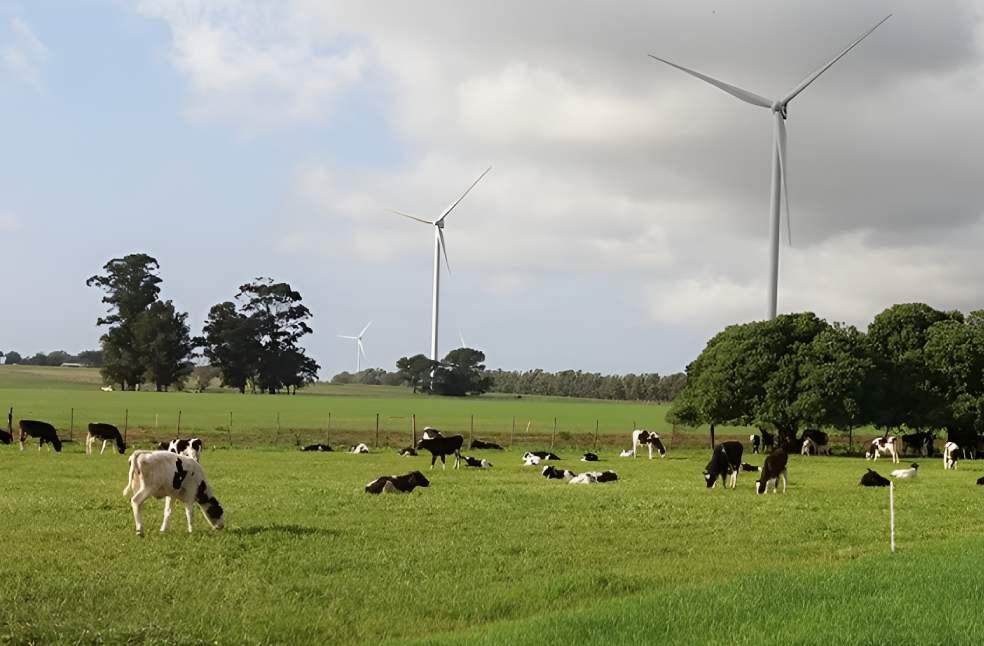England: Renewable energy plans have been made to move forward this week with the largest onshore wind farm in England. This project marks the first major expansion since the Labour government lifted a de facto ban set by the Conservatives nine years ago.
An independent renewable energy developer, Cubico Sustainable Investments, has presented proposals to install 21 wind turbines adjacent to an existing wind farm near Greater Manchester. Although other sites in England feature more turbines, the proposed Scout Moor wind farm would leverage advanced technology to generate over 100 megawatts of power. This capacity is adequate to supply electricity to approximately 100,000 homes, fulfilling more than 10% of Greater Manchester’s domestic energy requirements by the end of the decade.
This development aligns with the government’s dream of doubling Britain’s onshore wind capacity by 2030. The plan also includes ambitious targets to triple solar power output and quadruple offshore wind capacity, all aimed at specifying a zero-carbon electricity system by the 2030s.
Cubico’s proposal will be accompanied by a multimillion-pound community wealth fund developed to benefit residents. If approved, Scout Moor would evolve into the fifth largest onshore wind power producer in the UK, joining Scotland’s leading wind farms, including Whitelee, which generates 539 megawatts from 215 turbines.

The Scout Moor site was originally shelved a decade ago due to a backlash against onshore wind farms that prompted stringent planning regulations under the previous government. David Swindin, Cubico’s CEO, revealed that his team has been readying for this opportunity for about four years, anticipating changes in regulatory conditions that would enable further onshore developments in England.
Peter Rowe, the project’s development manager, emphasised the site’s ideal conditions for a wind farm, underlining its high wind speeds and proximity to energy consumers, which mitigates the need for costly grid upgrades. He noted the historical significance of the area, which has been used for mining and quarrying, framing the new project as a modern interpretation of its industrial legacy.
James Robottom, head of policy at Renewable UK, commented on the resurgence of ambitious wind farm proposals following the lifting of restrictions, stressing the significance of local consultation in ensuring community input in the planning process. A government spokesperson reiterated the critical role of onshore wind in bolstering Britain’s clean energy ambitions, enhancing energy independence, and safeguarding consumers from rising energy costs.



